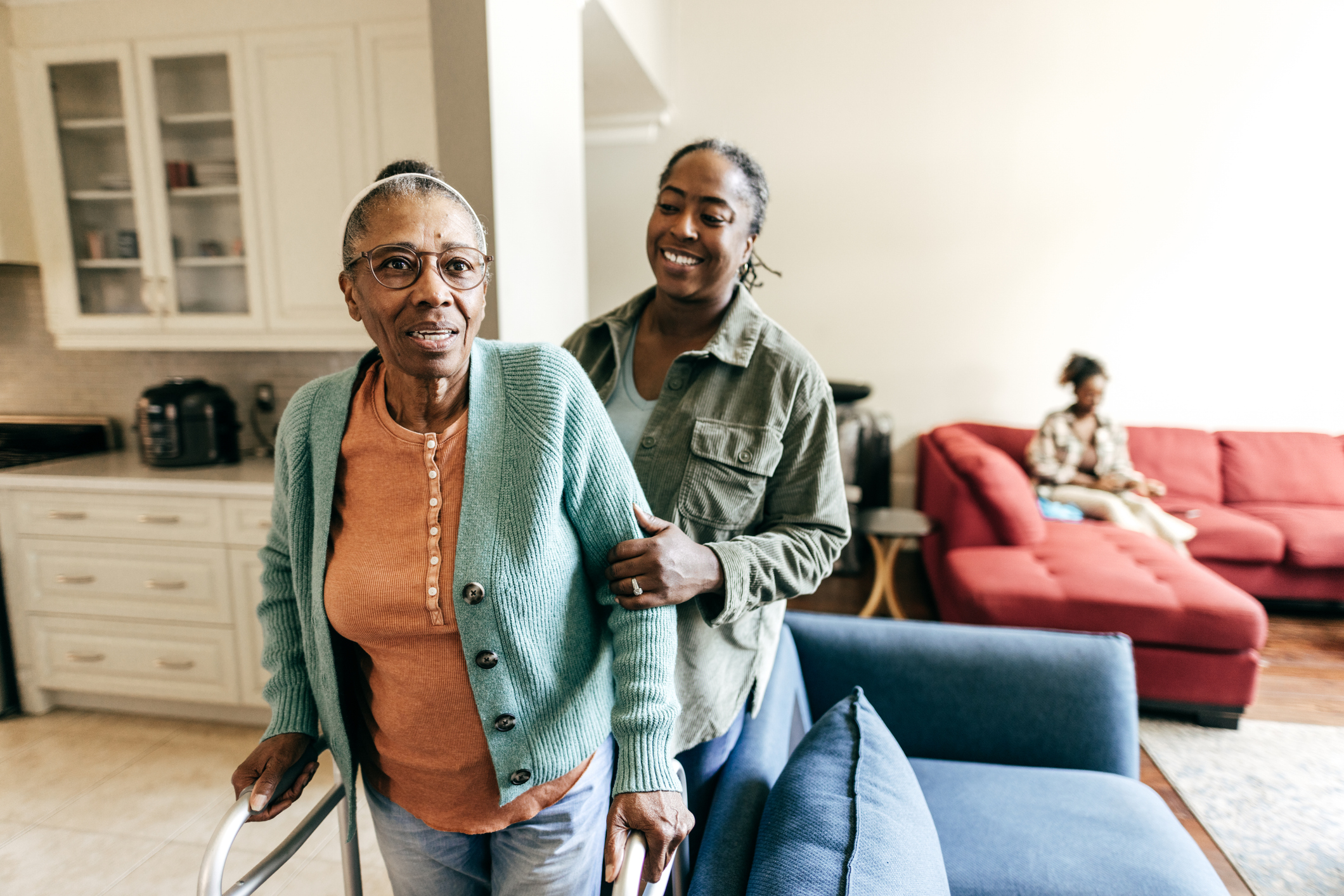Black History Month: The burning of Pennsylvania Hall
By Constance Garcia-Barrio
On the morning of May 14, 1838, a small group of black women from South Philadelphia, home at that time to many of the city’s African-Americans, made their way north, past Market Street’s smelly fish stalls and dye shops, to Pennsylvania Hall. The Anti-Slavery Convention of American Women would soon start in the stately new building on Sixth Street between Mulberry and Sassafras, about where WHYY stands now. Besides being excited about the convention, only the second of its kind in U.S. history, the women felt wary.
Conflicts over race, gender and anti-slavery activism had stewed in Philadelphia for years. In December 1833, men formed the American Anti-Slavery Society, which barred women. Mere days later, a handful of black and white women did the unthinkable. The brazen witches – as many Philadelphians would have called them at the time – launched the Philadelphia Female Anti-Slavery Society (PFASS). The women not only took a break from their kitchens and sewing rooms to have a say in the nation’s toughest political issue but also did so as an interracial group, a rare thing in the 1830s. Their move “turned the world upside down,” as one observer put it.
These smart, courageous women had the backing of supportive, well-heeled husbands. Quaker matron Lucretia Mott, wife of wool merchant James Mott, assumed a leading role in PFASS, as did Charlotte Forten, wife of black sailmaker James Forten, and the Fortens’ daughters, Sarah, Harriet and Margaretta. All the women risked their safety with their radical stance, but the black women perhaps more so. Competition for jobs fueled anti-black feelings. In 1834, a white mob destroyed the homes of many blacks.
Undaunted, PFASS pushed its projects. The women provided money to support a school for black girls. They also collected clothes for fugitives spirited through Philadelphia on the Underground Railroad. PFASS financed those and other activities through fundraisers like its annual Christmas anti-slavery bazaar. For that event, the women made and sold items like potholders embroidered with the words: “Any holder but a slaveholder.”
Due to many Philadelphians’ pro-slavery sentiments, PFASS and others opposed to slavery often scrambled to find places to hold events. That roadblock led abolitionists, including some women, to pay to build an edifice where they could discuss ending slavery. Two thousand shares at $20 each paid for the $40,000 cost of that building, known as Pennsylvania Hall. It was “one of the most commodious and splendid buildings in the city,” according to “History of Pennsylvania Hall,” published in 1838. That year, the women’s antislavery convention would take place in the hall, finished only days earlier.
The convention began on a Monday, the same day Pennsylvania Hall was dedicated. The convention’s interracial gathering of 203 delegates from northern towns and cities turned up the heat on the already hot issue of women, including PFASS, seizing a role in abolition. Philadelphia’s mayor tried to cool things down by asking that only white women attend the event, according to Laura Lovell in “Report of a Delegate to the Anti- Slavery Convention of American Women, Held in Philadelphia, May, 1838.” Convention leaders turned him down.
Still, the black women from South Philadelphia and other places may have sensed the city’s simmering resentment. Then again, seeing the luxurious details of Pennsylvania Hall could have swept away their anxiety, at least momentarily. Desks and other items “were made of Pennsylvania walnut of the richest quality,” Lovell wrote. “The chairs were lined with blue silk plush.” A letter of support from former President John Quincy Adams may also have reassured the women.
However, by Tuesday, the day after the convention began, rumors flew around the city that the convention was promoting “amalgamation,” as race mixing was then called. This rumor, which would be called “fake news” today, infuriated some Philadelphians, especially white men.
Meanwhile, convention speakers stressed abolitionists’ political clout. “The abolitionists are already in some states sufficiently numerous to control the elections,” Lovell reported one speaker as saying. The convention also passed a resolution that delegates would “neither vote for, nor support the election of any man to any legislative office … who is opposed to the immediate abolition of slavery.”
As the convention forged ahead, threats against it grew. By Wednesday, ruffians started shouting and smashing windows. In addition, “a number of colored persons, as they came out, were brutally assaulted,” Lovell wrote.
By Thursday, a raucous crowd of white men and boys surrounded Pennsylvania Hall. Alarmed, the building’s managers asked Lucretia Mott to deliver “a message … desiring the Convention to recommend to their colored sisters not to attend the meeting to be held in the Hall this evening because the mob seemed to direct their malice particularly toward the colored people.” The evening session was thus called off.
That night, the mob swelled to thousands. “The police were … ineffectual,” Lovell wrote. Men broke into Pennsylvania Hall, opened the gas jets and lit fires. When flames roared through the building, the mob blocked the fire trucks. “A fiend-like cry … went up as the roof fell in and Pennsylvania Hall burned to a shell,” according to “History of Pennsylvania Hall.”
Some delegates, undeterred, met the next day in a schoolhouse belonging to a PFASS member. The mob did not destroy PFASS. The group remained intact until 1870, when it disbanded after Congress passed the 14th and 15th amendments, which recognized African-Americans as citizens and gave black men the right to vote.
But Philadelphia had lost Pennsylvania Hall, once one of its most beautiful buildings.
CAPTION: Built by the Pennsylvania Anti-Slavery Society to serve as a meeting place for abolitionists, Pennsylvania Hall ws burned to the ground by “anti-black” rioters, four days after it opened. (Photo courtesy of the Free Library of Philadelphia)




